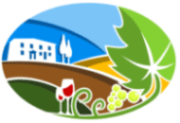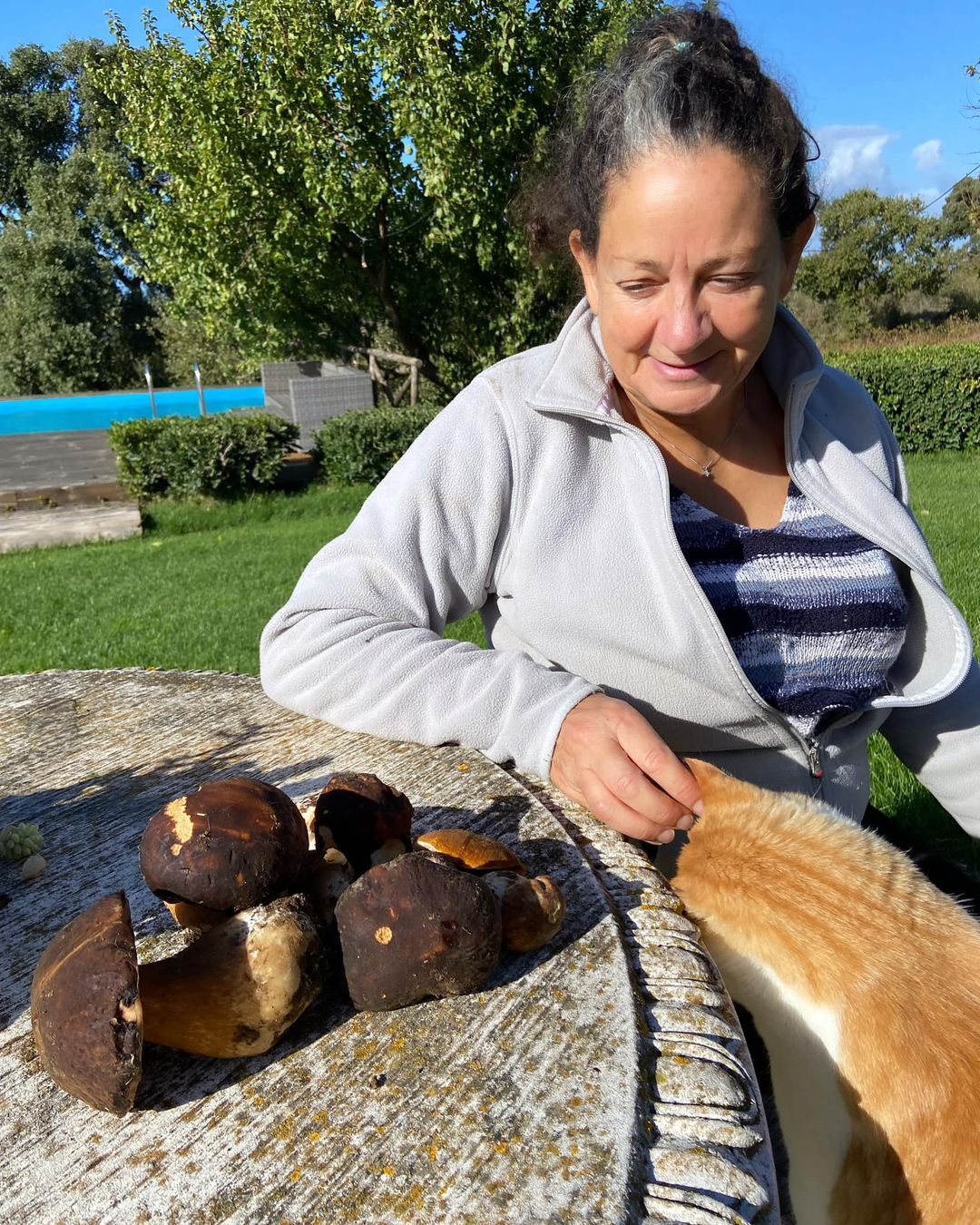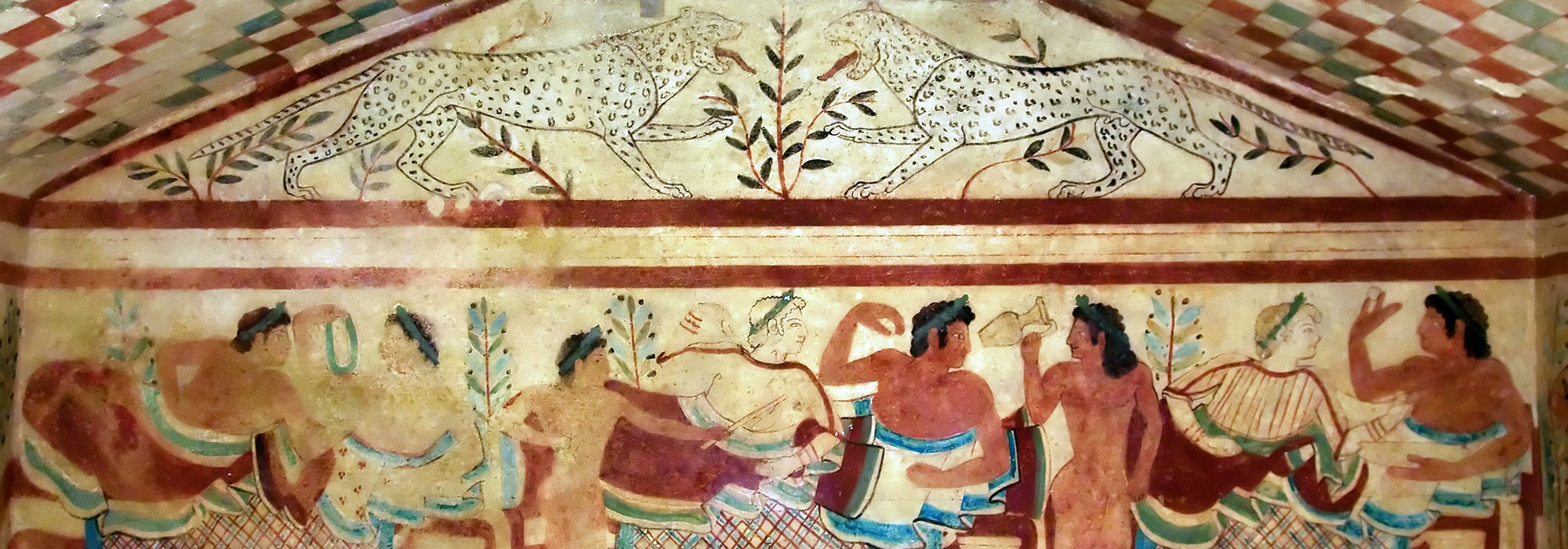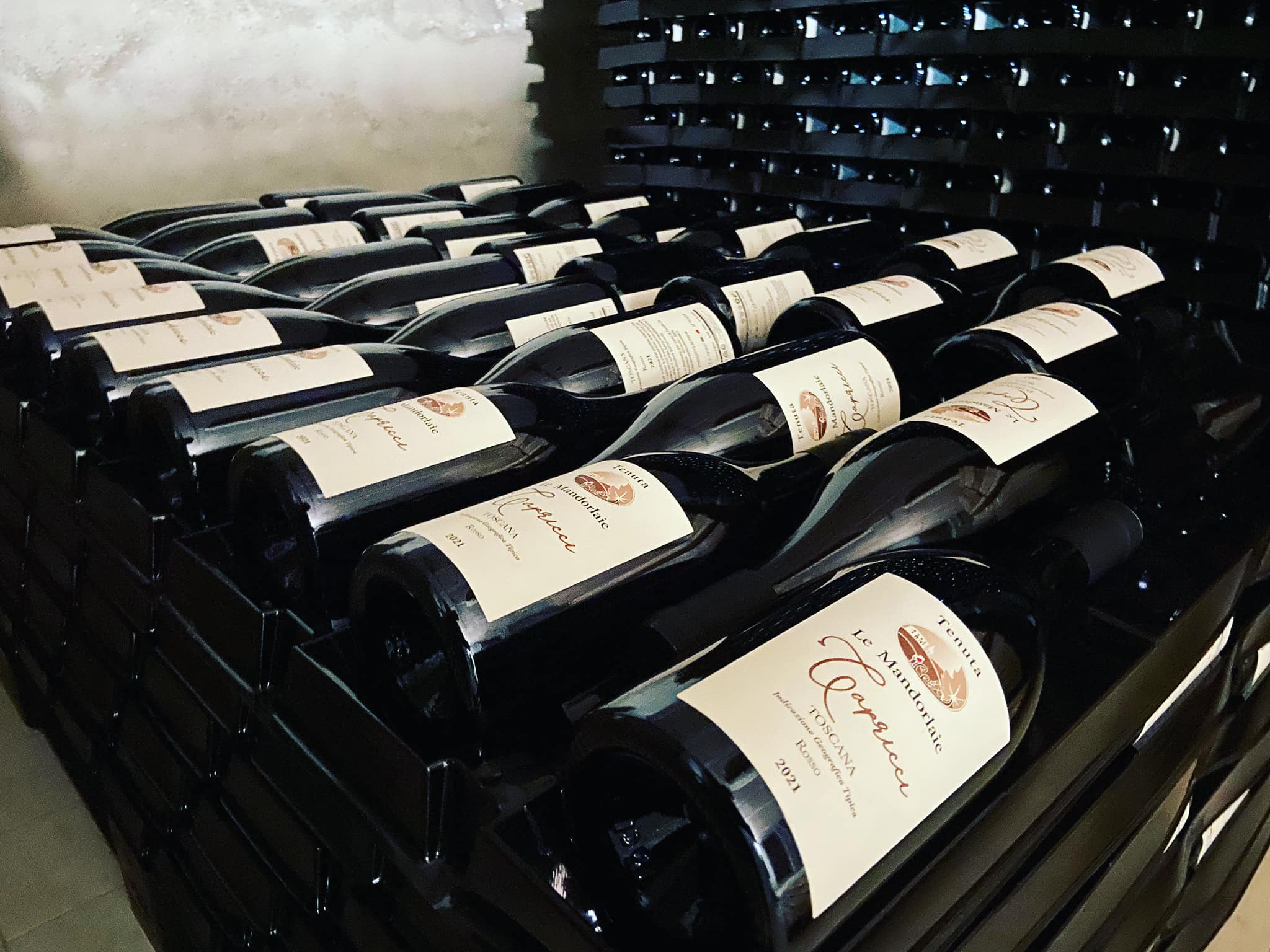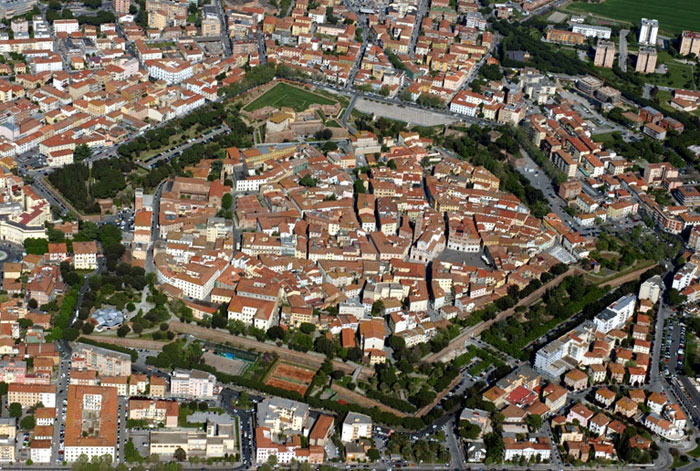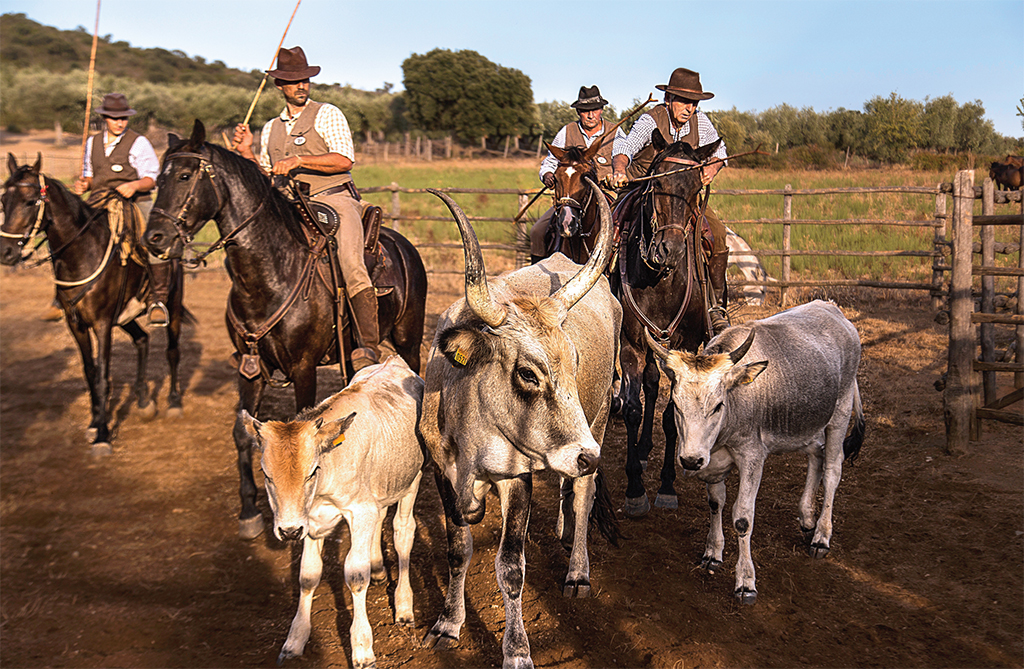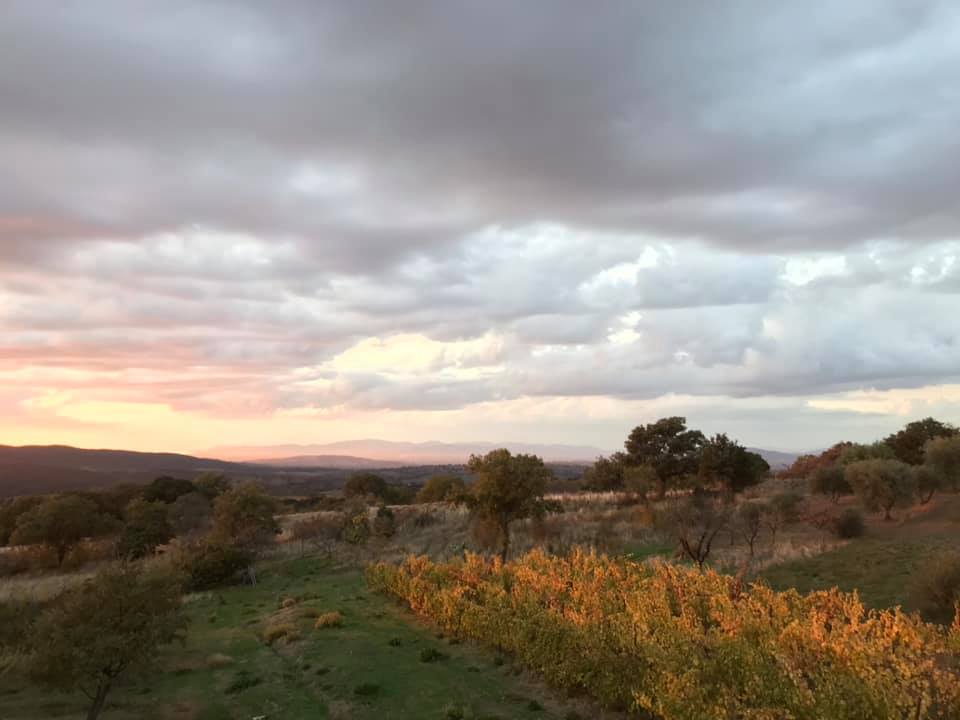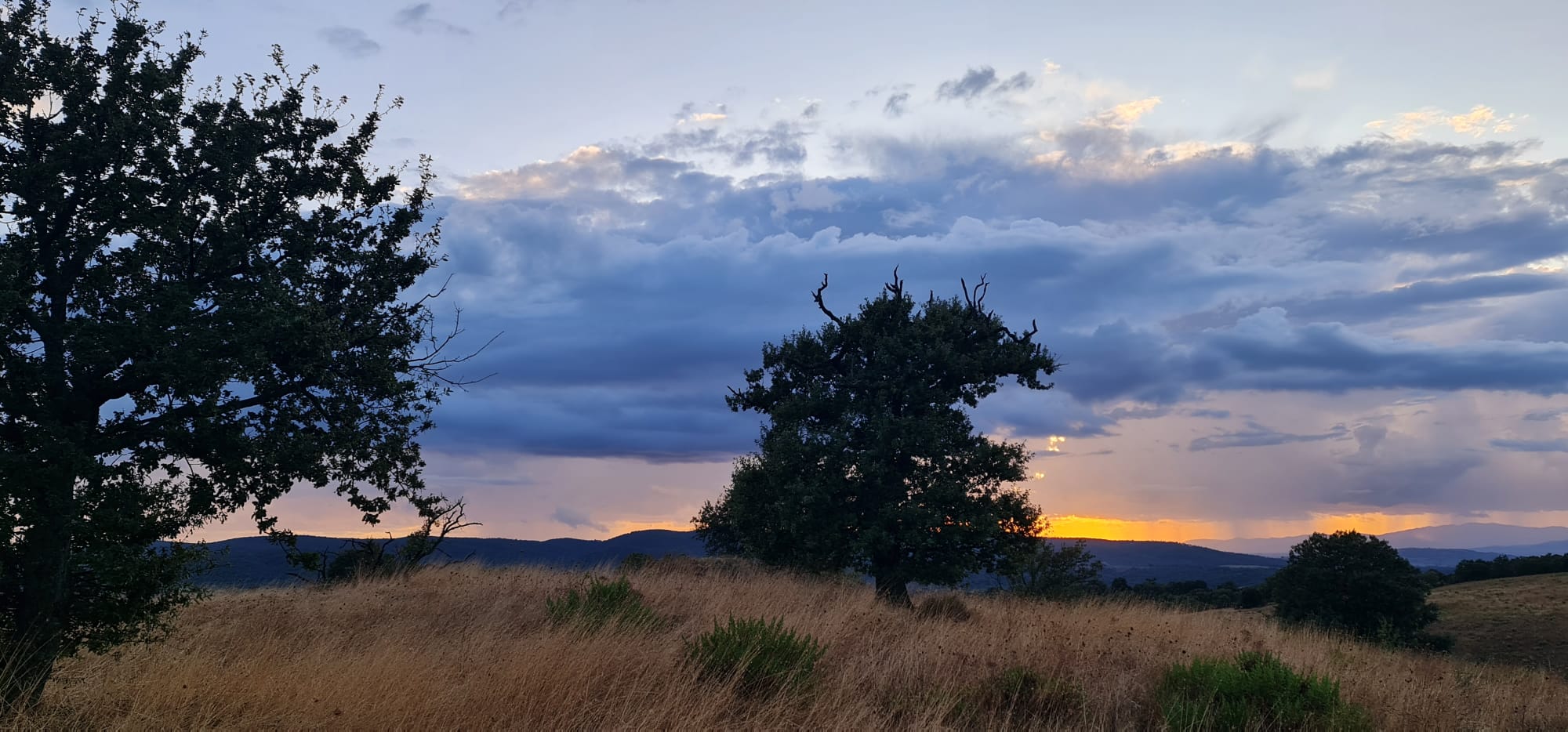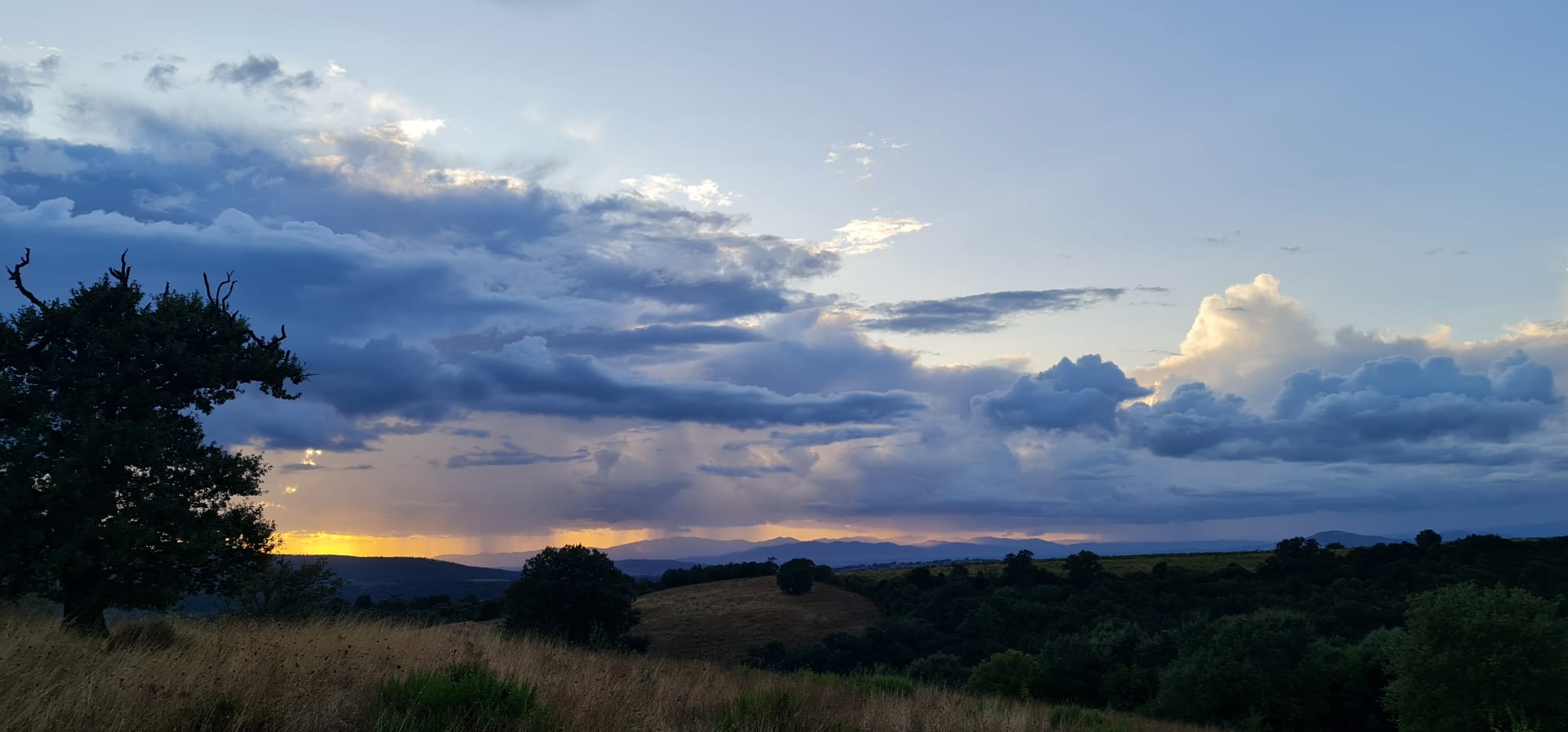How you can support organic farm, like Tenuta Le Mandorlaie
Choosing to support organic farm like Tenuta Le Mandorlaie in Tuscany is a wonderful way to contribute to sustainable agriculture and local communities. Here are several ways you can support us: 1. Purchase our Products Direct Sales: At Tenuta Le Mandorlaie we sell our products directly to you, so please consider purchasing directly from our online farm shop. This ensures that a larger portion of the money you spend goes directly to the farm. Farmers' Markets: Look out for Tenuta Le Mandorlaie's products at our local farmers' markets. This provides an opportunity to meet all the farmers, ask questions, and learn more about their products, and farm practices. 2. Visit us on
Read More